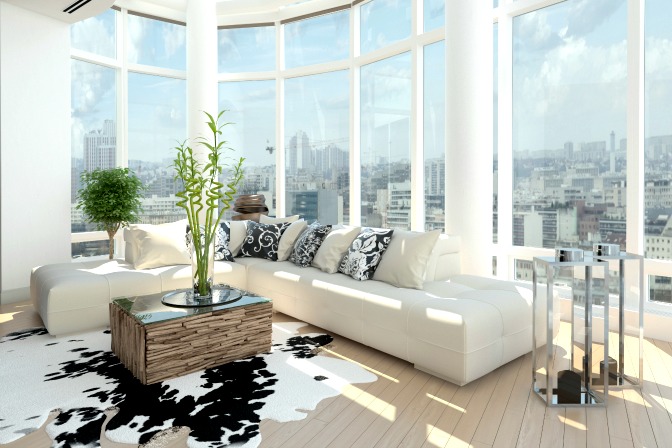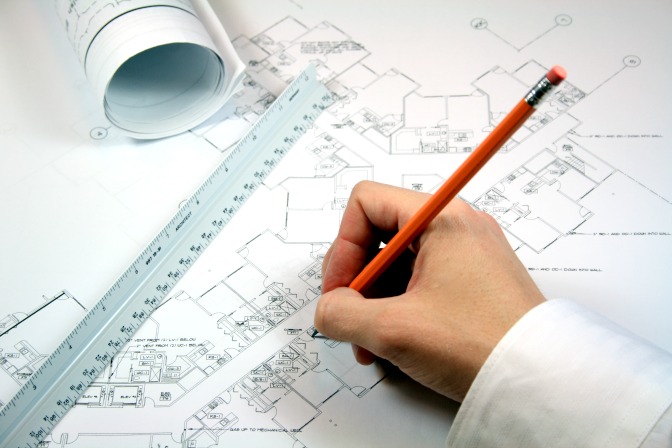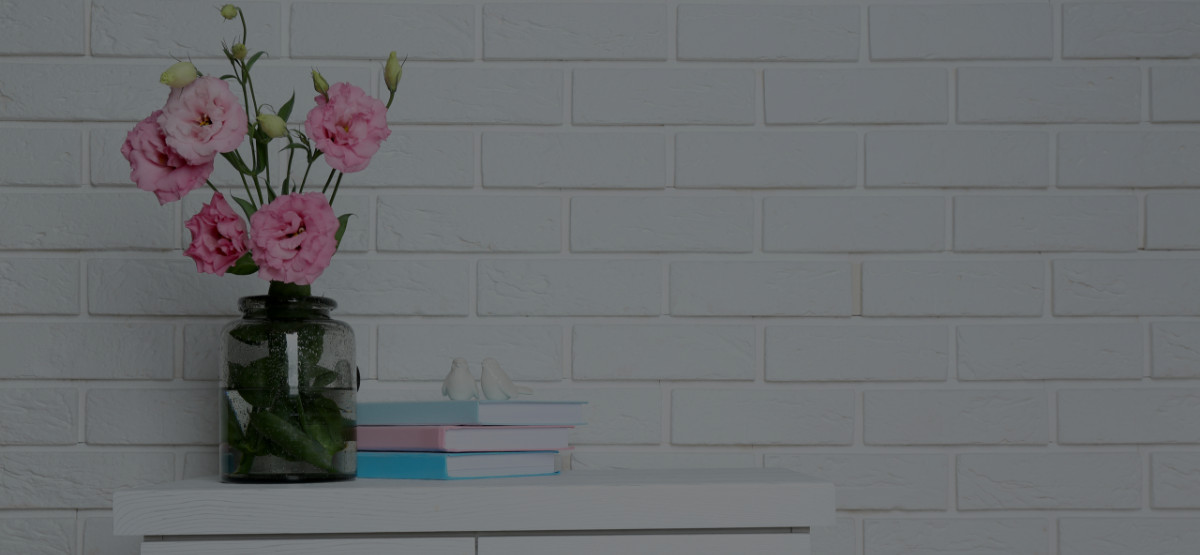Home stagers need design training to make buyers feel comfortable in a new home. Rather than working with a personal style, it’s about reaching a broader audience with your designs. Trends and careful home planning can help create a dream home for any potential buyer!
Making different types of people all feel comfortable in a home can be challenging, but with these 5 tips from an online home staging course, you’ll be bringing in buyers from all over!
Matching types of colors

Using color schemes is undoubtedly the biggest task for home decorators and stagers alike, so it’s important for design professionals to know which colors will work in each room. It’s also an essential skill for home designers to know which colors work together. This is the key to tapping into your buyer’s emotions!
As a home stager, you’ll be trained on the types of colors you can use. This might sound strange, but it’s not a basic guide to the color wheel! You’ll learn variations of colors like hues, tints, tones and shades. They all work together to make a room feel dimensional!
Using psychology
The second aspect of choosing the right color scheme is working with the feelings associated with each one. It’s not just a dark vs. light scenario – you can combine colors to build an atmosphere in each room. Plus, you can plan which moods you want to create for each type of room.
For example, the bathroom should give off a clean and relaxed vibe whereas the kitchen should feel energetic and healthy.
Your home staging class will train you in color theory and psychology. This will help your clients get that buyer on board by creating a liveable and fluid space!
Creating a style

No, we’re not talking about your style, or even your client’s style! What we’re talking about here is knowing different room styles and assessing which one works where.
You’ll need to consider where each style works within the home, and how to make different styles flow together. Plus, there’s a connection between the choice of home style and the type of buyers you’ll be attracting. Working in an upscale neighborhood? You’ll most likely be using formal or contemporary styles to stage the home.
The most important part of learning the different styles is learning how they affect the atmosphere of the house and the overall impression on potential buyers. Use the right style and bids will be flooding in!
Adding a garden
Okay, so this is quite an obvious part of home staging. Curb appeal has a huge impact on the impression of a home. Buyers want their house to be the best on the block, and they won’t trust an unkempt front façade!
So, in addition to painting and cleaning the lawn, you should consider adding a garden to jazz up the yard. In the front lawn, a small garden and pathway can be inviting to buyers and make the house feel fresh and lively. In the backyard, having a garden creates a sort of oasis on the property.
Show your buyers the property’s potential by planting a garden, adding a pond, or placing stepping stones. And don’t worry – you actually learn how to create gardens in your home staging course!
Cool, huh?
Planning and placing

Arranging furniture is no easy feat – especially when you’re faced with a small room or a client who’s unwilling to get rid of old couches! In a home staging class, you actually learn how to work with these types of rooms (and clients) to optimize space.
Floor planning can take time, but once you know the ins-and-outs of how and where to create space, you’ll be flying through designs! Measurements, angles, and features of each building will determine how you plan out each room. Only a true home stager will know how to work with challenging dimensions!
That being said, proper training literally shows you how to do it! Yes, it takes practice and experience (you’ll learn as you grow!) but you can get industry tips and tricks right off the bat. So, why not make your job easier?
New to the home decorating industry? Find out what you can expect in your first year as a home stager!


